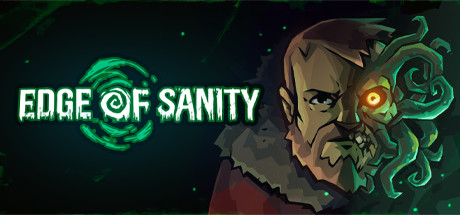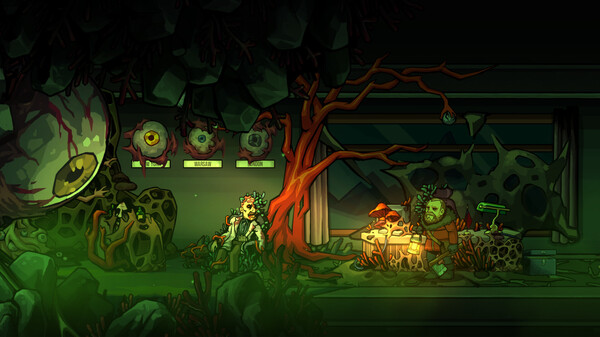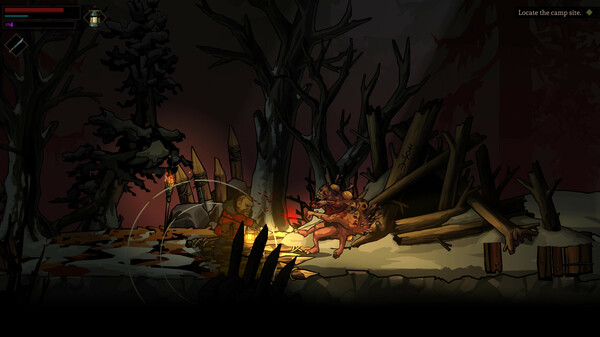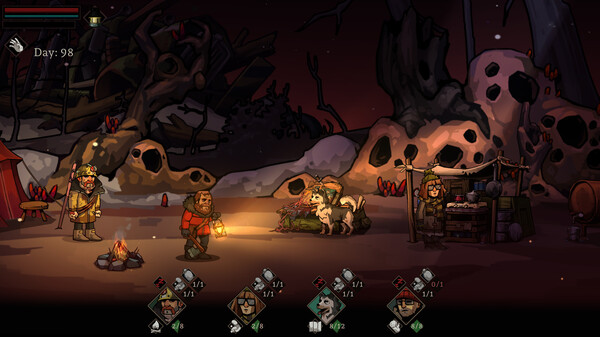Edge of Sanity
by Vixa Games, Daedalic Entertainment





The Developer Says...
Set in the unforgiving lands of Alaska, Edge of Sanity is a Cthulhu-inspired, 2D survival horror game. Uncover a disturbing story while madness claws at your mind. Lead a group of survivors and explore, scavenge and survive together - against untold eldritch horrors.
Keywords
Players Like...
❤ Survival and Resource Management
Players must scavenge for essential supplies like food, water, and fuel to keep their group of survivors alive and prevent their sanity from deteriorating. Strategically distributing these limited resources between the base camp and expedition parties is crucial to long-term success.
❤ Exploration and Expeditions
The game features a 2D side-scrolling exploration system, where players venture out from their base camp to investigate the remote, hostile regions of Alaska. These expeditions are essential for gathering resources, uncovering story details, and confronting the eldritch horrors that lurk in the shadows. Players must cautiously navigate these environments, managing their limited supplies and sanity while facing tough decisions.
❤ Combat and Sanity Management
Players can choose to engage enemies directly with melee weapons, use environmental traps and hazards, or try to sneak past them altogether. However, each encounter chips away at the survivors' sanity, which can lead to negative effects like hallucinations and mental breakdowns. Carefully managing the party's sanity is key to maintaining control and making rational decisions.
❤ Narrative Integration
The Lovecraftian narrative is deeply woven into the gameplay mechanics. As players progress, their characters' sanity is constantly tested, with each dramatic event leaving a permanent mark on their psyche. This "madness" mechanic unlocks new dialogue options, crafting abilities, and potential story paths, seamlessly blending the psychological horror elements with the core survival gameplay.
❤ Player Feedback and Appreciation
Reviewers praise the immersive atmosphere, well-crafted 2D art style, and the compelling way the game integrates Lovecraftian themes into the survival horror experience. Many highlight the tension and difficult choices presented by the resource management and sanity systems, which create a constant feeling of unease and dread. Reviewers also appreciate the narrative depth, with several mentioning the voice acting and the way the story unfolds through the lens of the protagonists' deteriorating mental state.

